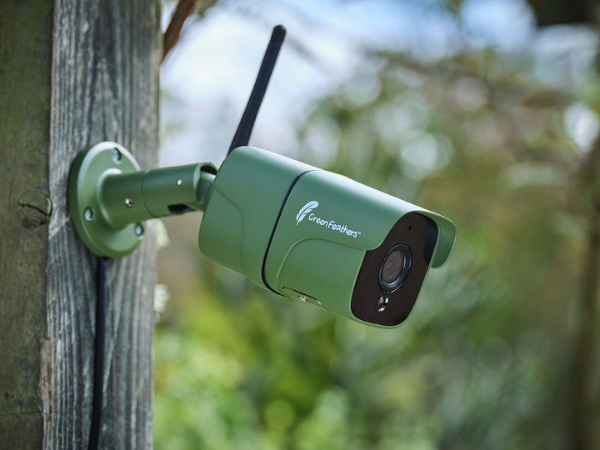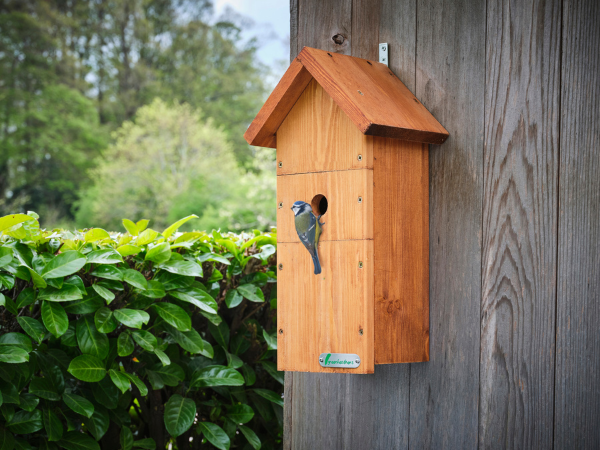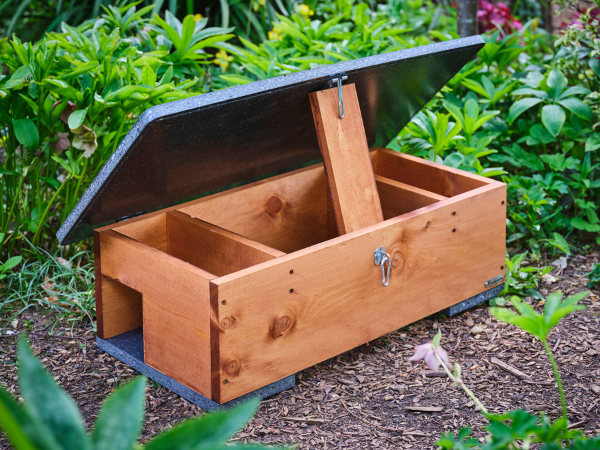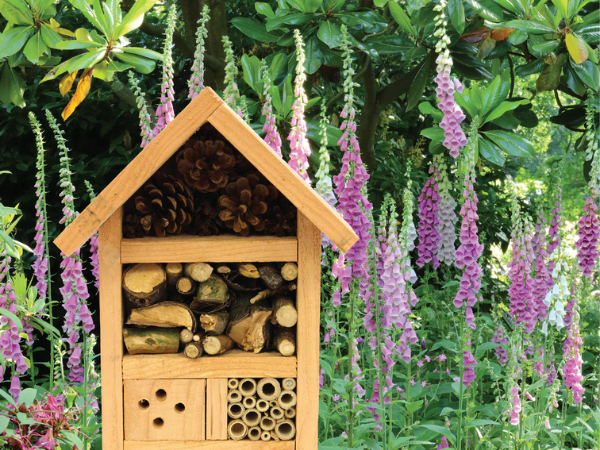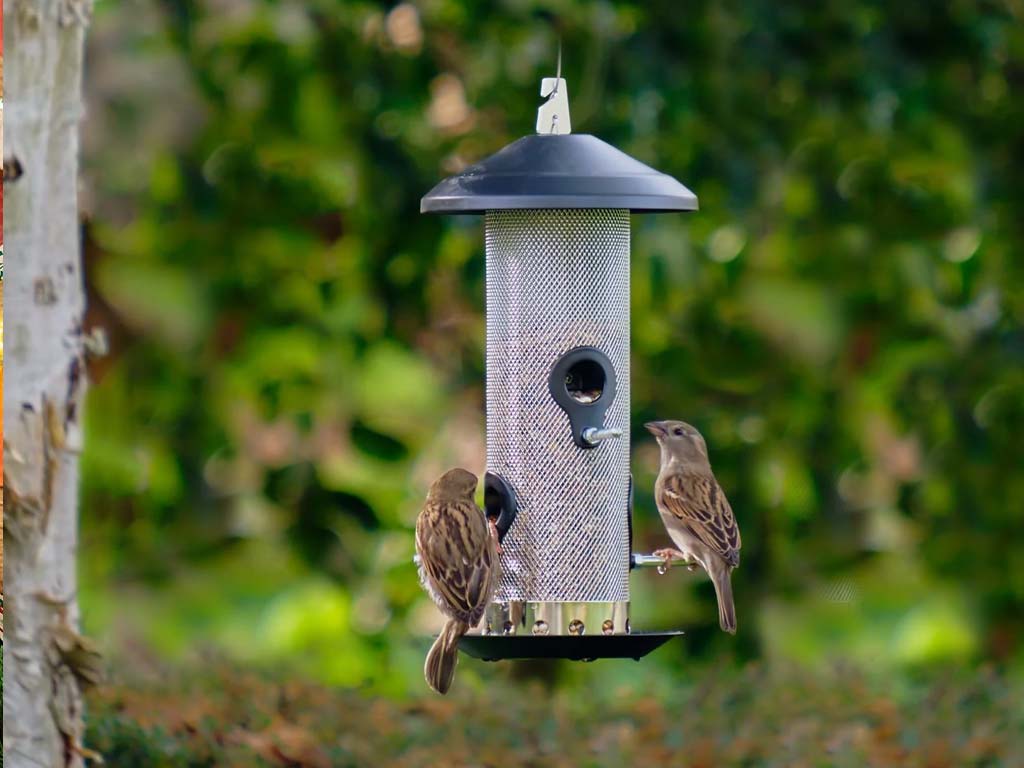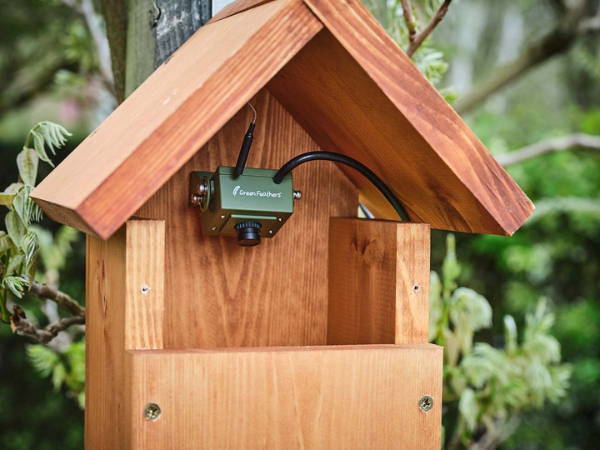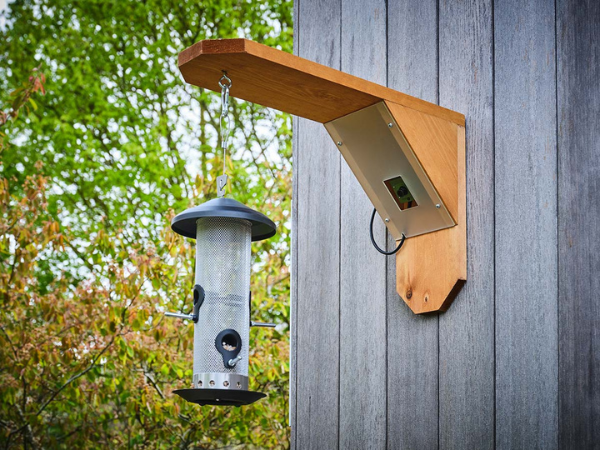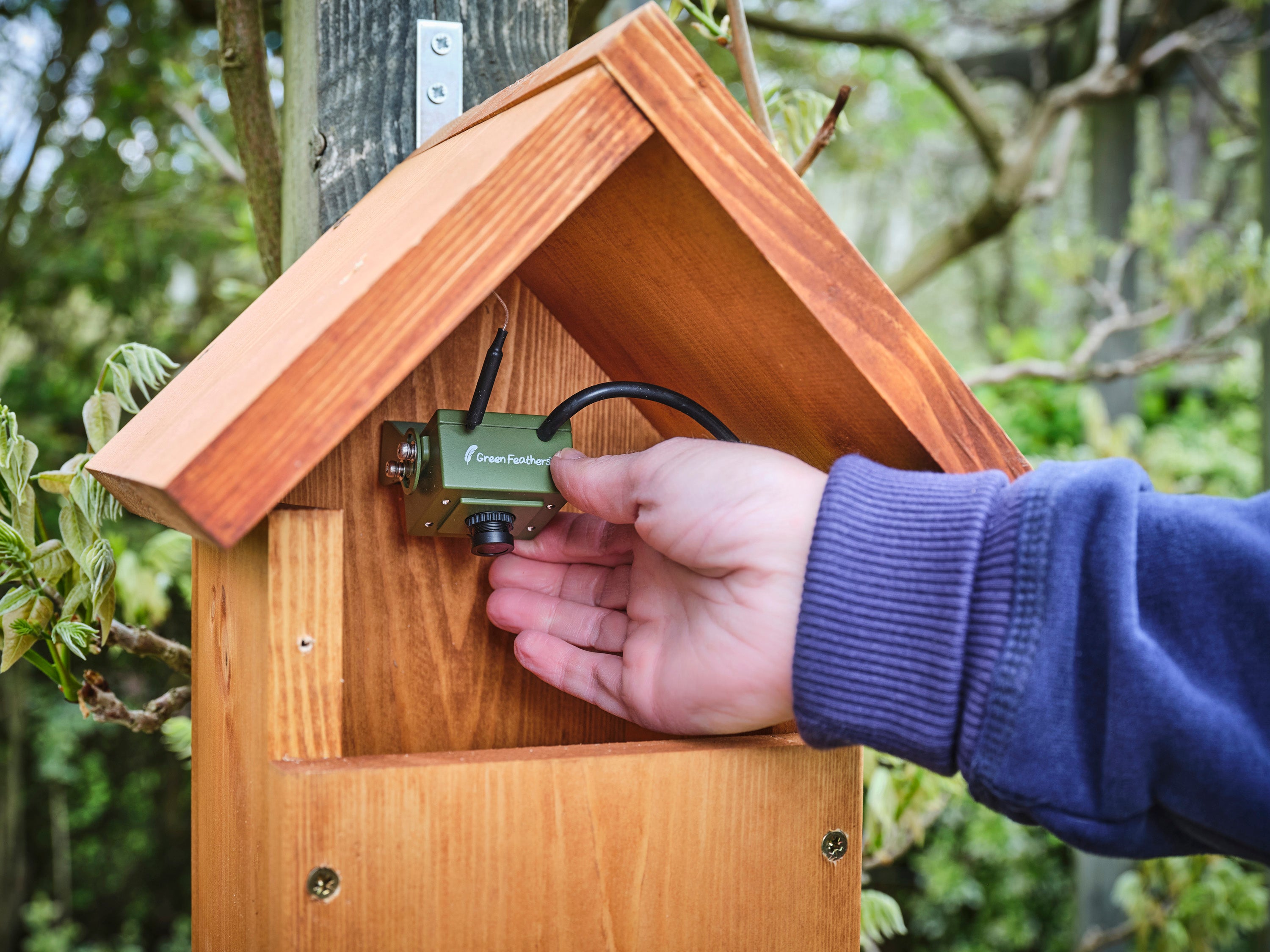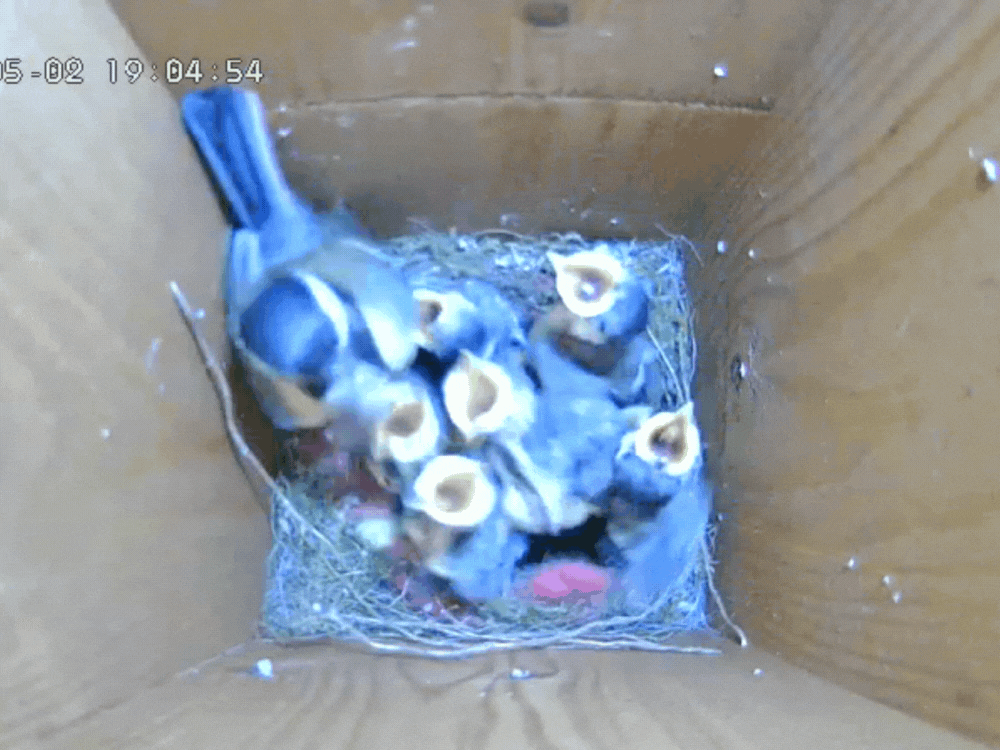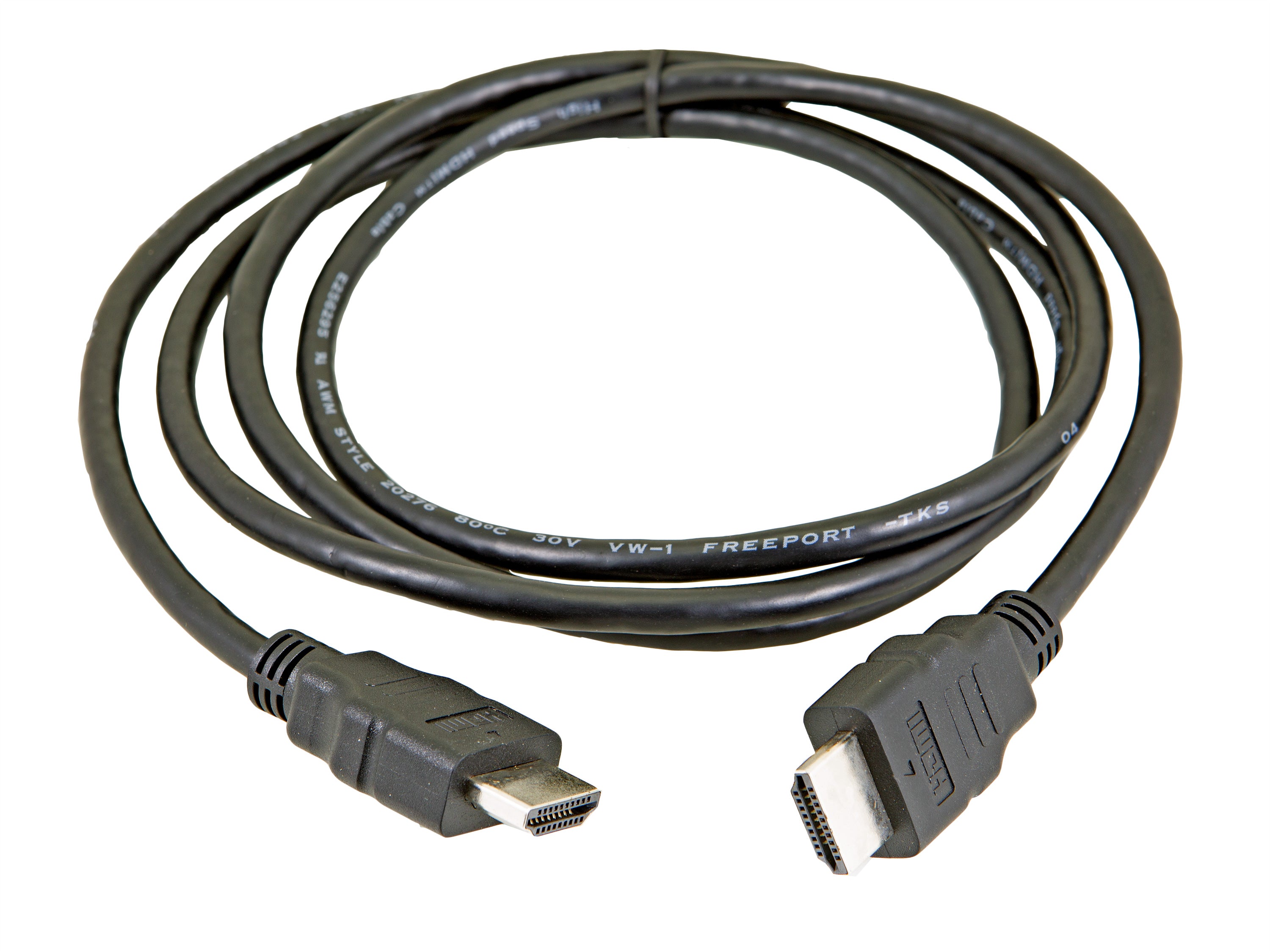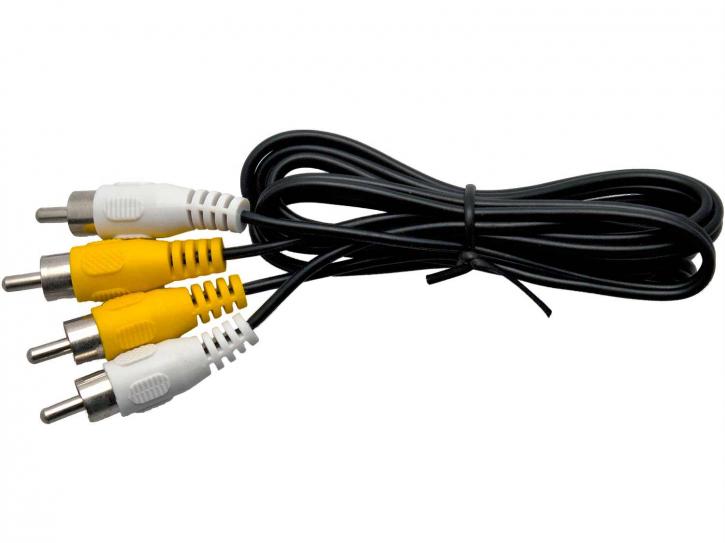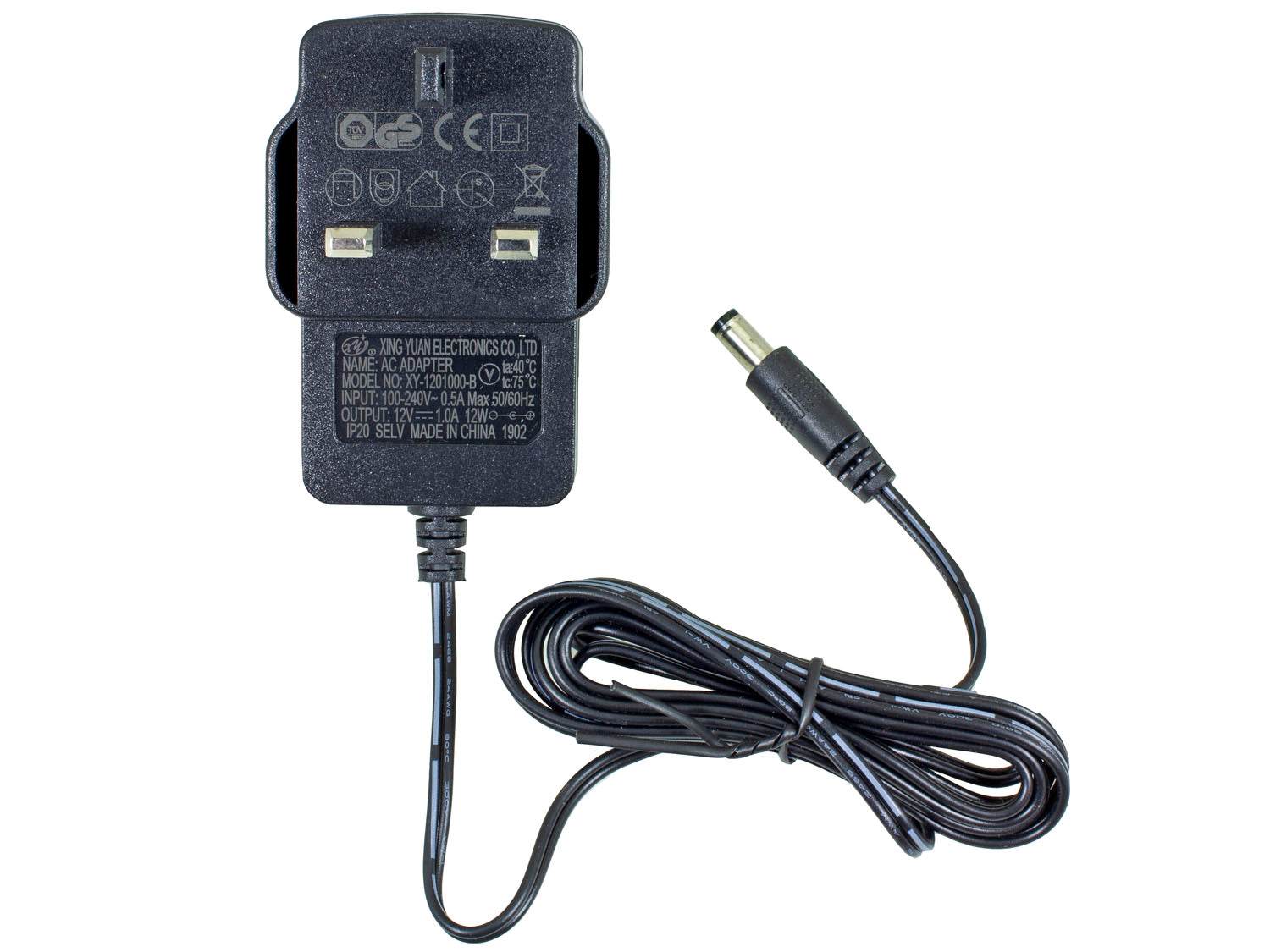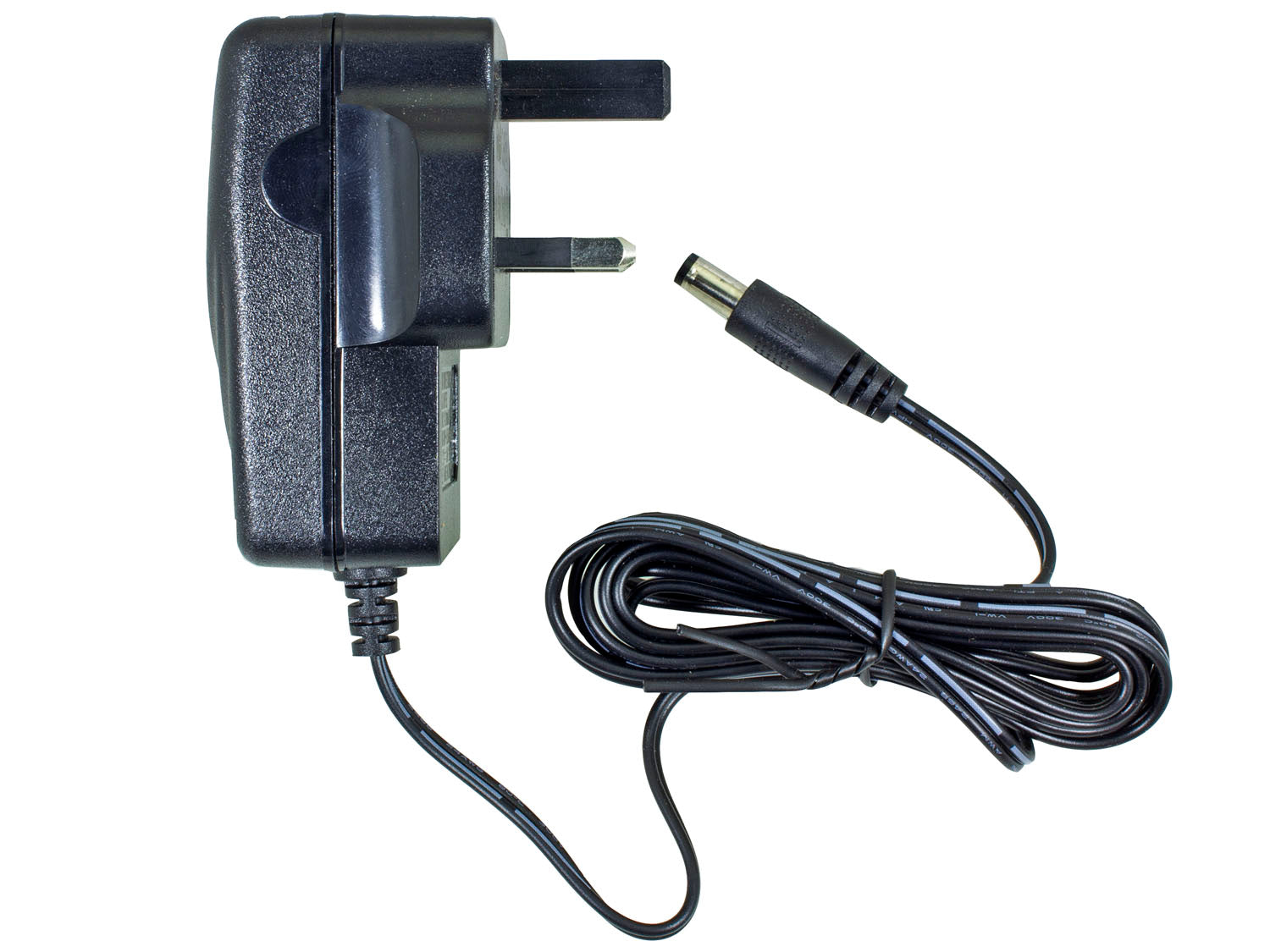Of all of the stunning wildlife in the UK, the owl is certainly one of the most intriguing creatures. These majestic birds are known for their distinctive hooting call and hunting prowess, and being able to spot them in their natural habitat is a treat for bird watching enthusiasts and general nature lovers alike.

However, due to their greater level of activity at night and in more remote locations, it can be difficult (but not impossible) to spot them in your own garden. Luckily, there are ways you can make your outdoor space more wildlife-friendly, encouraging wild owls to nest in your garden and even raise their young there.
In addition, attracting owls into your garden can be a fantastic idea if you’re dealing with a rodent problem, such as a mouse or rat infestation. Owls are excellent predators and are therefore a great natural option for pest control if you don’t want to use traps or poisons.
Hoping to attract owls into your garden? Whether you’re looking for pest control or are simply an admirer of these beautiful birds, here are our top tips and tricks for making your garden more owl-friendly. We’ll also discuss the differences between owl species if you want to attract a specific type of owl that’s common in the UK, such as barn owls, tawny owls and little owls.
1. Install nest boxes
Owls are more likely to come to your garden if there’s enough shelter, food, water and hunting perches (e.g. plenty of tall branches to hunt from) to fulfil all of their basic needs. Owls typically don’t build their own nests, preferring to commandeer the unused nests of other birds or use spaces like tree hollows and even man-made structures to nest and lay their eggs. Barn owls got their name from their tendency to nest in convenient hollows and high places in agricultural buildings, which also gave them access to rats and mice in barns as a reliable food source.
If you don’t live on a farm, you can still attract owls into your garden by creating an appealing nesting spot. Owls will also be particularly tempted if you have a lot of open, grassy space for catching rodents, lots of high spots (like tall trees or buildings) for searching for prey, and a secluded nest in a high place where they can rest, eat and lay their eggs. To create your own owl nest, you can use wire to make an open bowl-like shape and then cover this structure with a material like roofing felt. Then, add sticks, twigs and wood chippings to make it more appealing to owls for nesting.

While larger owls may prefer this open nest structure, many smaller owl species in the UK (such as the little owl) will appreciate an owl nest box. You can either make your own nest box or buy a pre-made one that’s already designed for owl use, such as our Handmade Wooden Owl Box or Tawny Owl Box. Our nest boxes and bird boxes are all made from high-quality wood to ensure they stand the test of time, even in damp British weather conditions. Our nest boxes are also super easy to install – just make sure you place your bird box at least 3 metres above the ground if you want to attract owls, and add a material like wood chippings to the floor of the box to make it more cosy for nesting. After your nest box is in place, you’ll only need to clear it out roughly once a year to get rid of excess debris and pellets.
Worried about not being able to spot the owls if they’re up high? Make sure you install one of our bird box cameras in your owl nest box to get amazing up-close footage of these beautiful creatures, and to also see when the nest box can be cleaned out with minimal disturbance to the birds. You can also install wildlife cameras and trail cameras around a large garden to hopefully catch footage of the owls hunting for their prey.
2. Avoid using rat poison
Rats are common prey for owls in the UK, which is why attracting owls into your garden is so useful if you want to deal with a rat problem. However, due to this diet, many common owl species in the UK, such as barn owls, end up ingesting rat poison, which can build up in their systems over time and lead to health complications and death. According to The Barn Owl Trust, 95% of wild barn owls contain rat poison in their systems, causing a huge problem for this species.
If you want to attract owls into your garden to deal with a rat problem, make sure your garden is free of rat poison and rat traps – trust the owls to handle the issue for you. Never try to use rat poison as well as owls to deal with a rat problem, as you can cause a lot of damage to wild owl populations.
3. Reduce light pollution
Owls are nocturnal animals, using their powerful eyesight to hunt their prey under cover of darkness. If there’s a lot of light in your garden at night, such as from porch lights, garden lighting or nearby street lights, you could be driving owls away because they won’t be able to hunt effectively.
To make your garden more owl-friendly, you need to reduce light pollution at night. Keep lights turned off if possible or invest in motion-activated lighting instead. This will keep your home protected by illuminating shadowy corners if a potential intruder approaches, without disturbing the owls in the area.
4. Leave extra food
During harsh winters or extended periods of bad weather, many owls can struggle to catch enough food. Providing extra food can attract wild owls to the area, and if there’s a constant food supply (either from plenty of rodents and small animals, extra food provided by you, or a combination of both), owls are more likely to stay long term and raise their young in your garden.
But what should you feed owls? Owls are birds of prey and therefore carnivorous, so you need to provide them with meat only. You can either go to a local pet shop to find owl food such as frozen mice, or make do with what you have in your kitchen by leaving out scraps of raw chicken. If you want to feed the owls for more than just a short period of time, it’s best to invest in actual owl food from a pet shop rather than relying on raw chicken.
5. Don’t mow grassy areas

In the wild, owls prefer to hunt their prey (such as field voles, mice, shrews and rats) in open, grassy areas like wildflower meadows, where these small animals thrive in larger numbers. If you’re struggling to attract owls to your garden, it may be helpful to avoid mowing any large, grassy spaces you have, as this will help to create the perfect place for owls to hunt and find plenty of food. A garden that’s too neat and manicured won’t provide the ideal environment for owls, but a larger and wilder space with a lot of tall grass will definitely be more appealing.
How to attract barn owls to your garden
Although the tips listed above can help you attract many types of owls to your garden, you may need more specific information if you want to encourage a particular owl species. For example, if you’re keen on attracting barn owls into your garden, it’s best if you have a lot of open, grassy space with a population of field voles – their main prey. You’ll also need a suitable nest or pre-made nest box, which you can buy from the Green Feathers website. If you have a large shed, this could already be the perfect spot for a nesting barn owl, as long as there’s a way for them to get in.
How to attract tawny owls to your garden
Tawny owls can be more sensitive to disturbances around their nesting sites than barn owls, so you need to be even more careful when selecting a site for your nest box. Choose a spot at least three metres above the ground and out of prevailing winds or direct sunlight. Placing the nest box within a wooded area is a great idea if possible. Remember that it’s not necessary for you to be able to see the nest box from your garden, as you can install bird box cameras, wildlife cameras and a range of wildlife camera accessories to watch the owls remotely. Tawny owls may prefer a more secluded spot, so this is the best way to attract them to your garden.
How to attract little owls to your garden
As suggested by their name, little owls are a smaller owl species compared to barn owls and tawny owls, and as such they can have some different requirements for a nesting space. Naturally, they may prefer smaller owl nest boxes than bigger owl species, and they can also choose to hunt smaller prey like worms, moths and beetles. If these creatures are abundant in your garden, you may have better luck attracting little owls to your outdoor space.
No matter what type of owl you’re hoping to get in your garden, you need a suitable owl nest box to keep them safe, warm and content. Check out our range of nest boxes, bird boxes and bird box cameras to attract wildlife to your garden and observe their fascinating day-to-day activities. You can also get in touch with our team for more advice on wildlife watching and setting up your camera equipment, or visit our blog to discover how to attract more wildlife to your garden like hedgehogs or songbirds.



